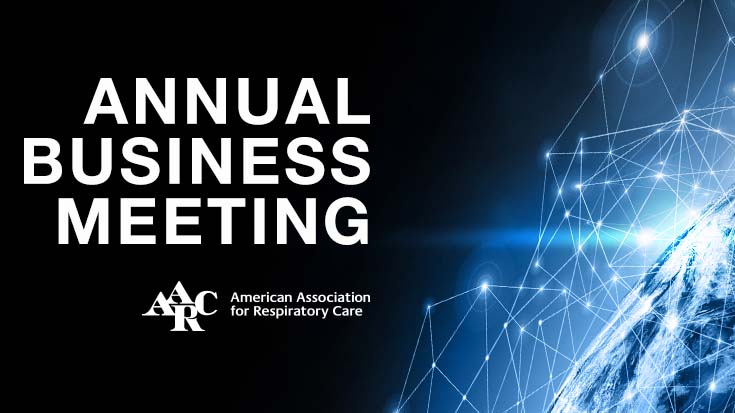
Health care professionals who administer hazardous drugs (HDs) will come under new protections as of July 1, 2018. USP Chapter 800 will go into effect on that date, effectively changing the personnel protective equipment (PPE) rules for those who administer these drugs in hospitals and other facilities.
According to the National Institute for Occupational Safety and Health (NIOSH), hazardous drugs are those that exhibit one or more of the following six characteristics in humans or animals: 1) carcinogenicity, 2) teratogenicity or other developmental toxicity, 3) reproductive toxicity, 4) organ toxicity at low does, 5) genotoxicity, 6) structure and toxicity profiles of new drugs that mimic existing drugs determined hazardous by the above criteria.
While the aerosolized medications commonly administered by respiratory therapists are not on the current hazardous drugs list, the list changes all the time, and one respiratory medication, pentamidine, was previously on the list. The safety of several aerosolized antibiotics delivered by RTs have been questioned as well.
A study conducted by NIOSH and published in a 2015 edition of RESPIRATORY CARE took a closer look at the use of PPE among respiratory therapists and other clinicians delivering these drugs and found significant room for improvement.
While most adhered to good work practices, a significant number did not, leading the authors to conclude: “Despite the availability of safe handling guidelines for pentamidine, implementation was not universal, placing workers, co-workers, and even family members at risk of exposure.”
So, what does USP 800 call for? The extensive chapter covers everything from how these drugs are stored to how the surfaces they touch are cleaned, but most significantly for RTs and other clinicians who may administer these medications, they call for –
- Training for all health care workers who may come in contact with HDs.
- Two pairs of chemotherapy gloves to be worn by anyone administering antineoplastic HDs, with gowns shown to resist permeability by HDs required when administering injectable antineoplastic HDs.
Your hospital is likely in the process of reviewing USP 800 right now and will be implementing all of the precautions set forth in the chapter by the July 1, 2018 implementation date. The Joint Commission and other accrediting bodies survey for compliance with USP compounding standards.
USP 800 FAQs
NIOSH List of Hazardous Drugs
Email newsroom@aarc.org with questions or comments, we’d love to hear from you.
















